Review: Antares Auto-Tune EFX+ and Auto-Tune Artist
No longer regarded as just a sneaky way of correcting out-of-tune vocals, Auto-Tune effects have imposed a distinct and deliberate sonic character of their own over the decades. Let’s unpack Antares’ latest pitch-altering toolkits.
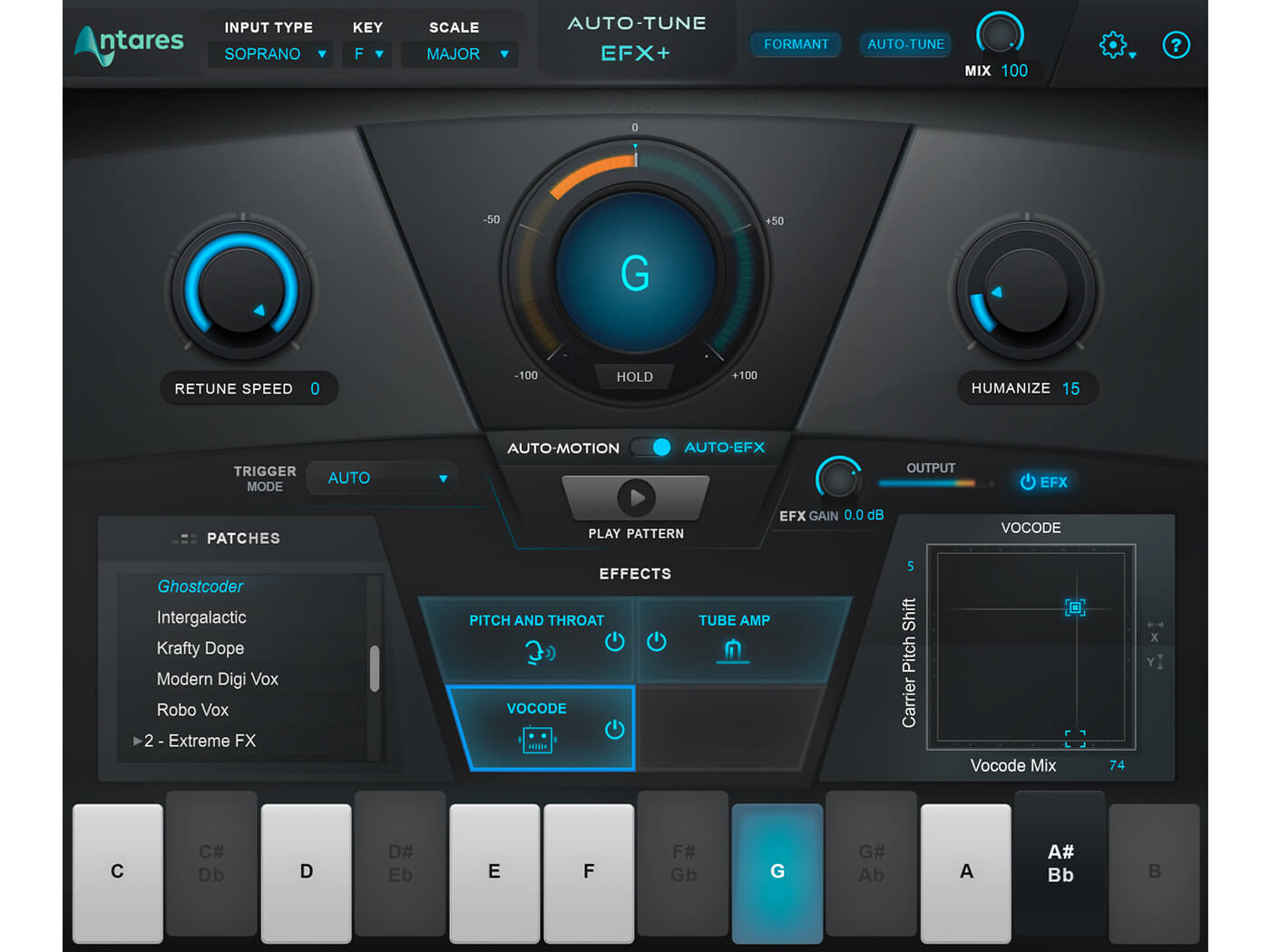
Price EFX+: $199, Artist: $299
Contact Antares
Although developed more as a corrective process aimed at making spot modifications to otherwise perfect vocal and solo-instrument takes, the particular sound and character that Antares Auto-Tune can impose has seen it become a standard component of many vocal processing chains.
Nowadays, Auto-Tune is often used even when the performer is more than capable of delivering an in-tune performance. The reason for this is, of course, that Auto-Tune’s pitch-, time- and formant-warping algorithms impart a certain timbre and tone that can be rather pleasing and that lends itself perfectly to many genres of contemporary music.
The latest flagship version of the technology, Auto-Tune Pro, delivers that sound via a new, quick and easy interface, while retaining the classic graph view that allows for deeper pitch and time modifications. Antares has now wrapped this same technology into a new pair of plug-ins, Auto-Tune EFX+ and Auto-Tune Artist, which further simplify the user interface but that retain all of the Auto-Tune sound.
Common features
At the centre of the windows of both plug-ins there’s a circular meter that displays the note that Auto-Tune is currently outputting and indicates the amount of re-tuning that’s being applied. The key and scale that Auto-Tune is working to can be selected from a couple of drop-downs at the top of the windows, although here EFX+ offers a far more limited choice of scales than Artist does.
A low-latency option is available to both plug-ins, too, which is ideal for cue mixes in the studio and for live use on stage, albeit at the cost of increased system-resource usage.
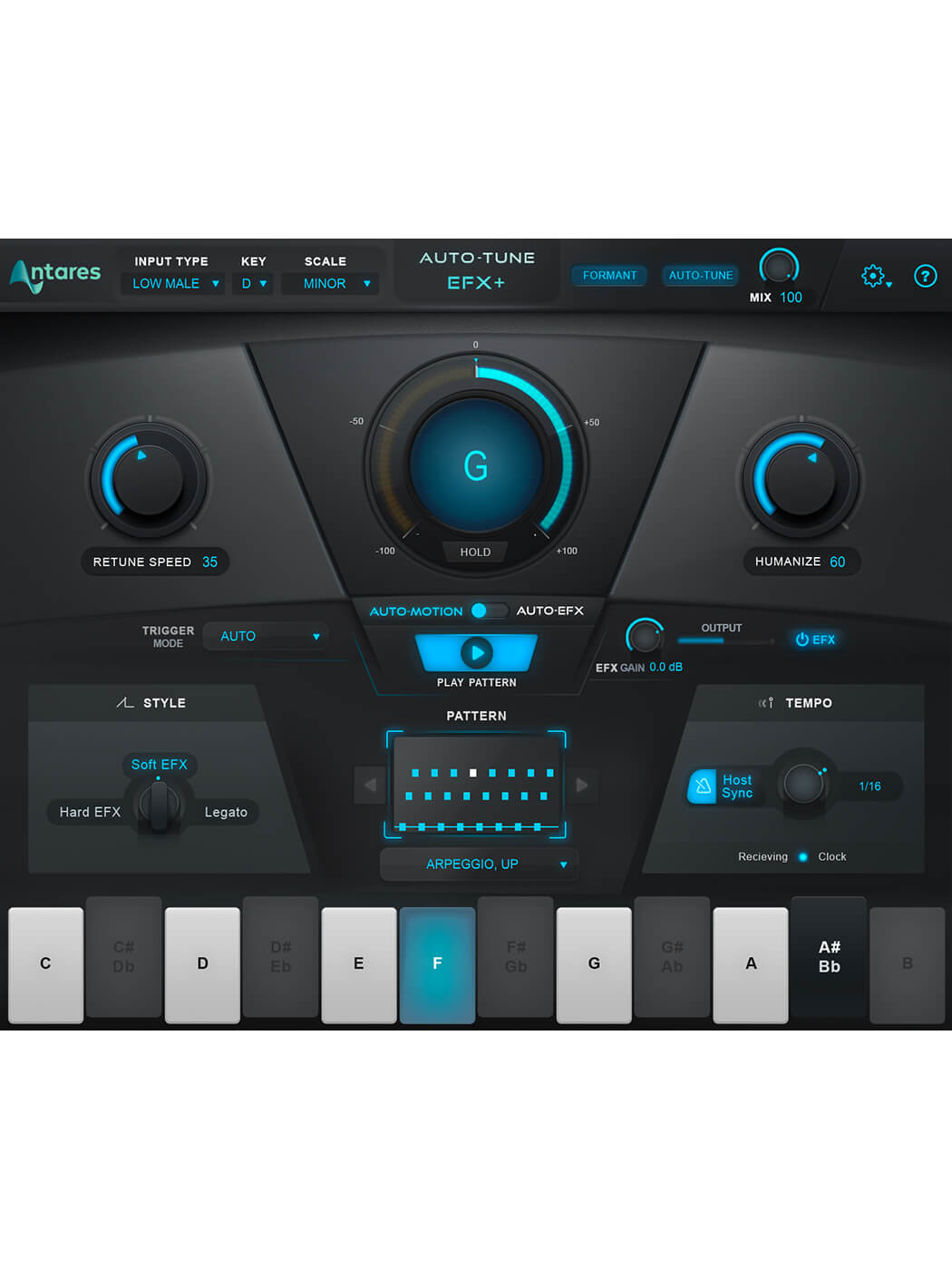
The plug-ins are also compatible with the companion Auto-Key plug-in (sold separately) that analyses audio to determine its key and scale, and then distributes this data to all Auto-Tune instances running in the session. You can also use the keyboard graphic – one octave in EFX+ and full-length in Artist – to further control the notes that Auto-Tune will re-tune to.
The Retune Speed and Humanize controls found in Pro are also included in both Artist and EFX+ editions. Retune Speed determines the rate at which incoming audio is re-tuned, while Humanize controls the way in which sustained notes are handled, avoiding the situation where fast retuning can kill off any natural vibrato in those sustained notes.
Auto-tune EFX+
This basic arrangement of Auto-Tune controls is as far as things go for the EFX+ edition, but it makes up for this simplification with the addition of Auto-EFX and Auto-Motion. The first of these is an integral multi-effects rack consisting of four processing slots that can have any one of six effect modules assigned to them.
Each module has two editable parameters, which are edited via an X/Y pad when a module is selected. Those modules are: Pitch and Throat, Duet, Vocode, Tube Amp, Mutate and Filter.
Disappointingly, although you can freely turn each slot on and off, you can’t directly choose which module is assigned to which processing slot; rather, you have to load one of the included Auto-EFX patches, as these are what define the module assignment. There’s a good range of these patches to choose from, some created by Antares, and others created by established producers Jeff Rona, Mike Dean and Richard Levine and between them, these patches cater for all possible combinations of EFX module. But it would be nice to be able to select the modules you want directly, rather than having to trawl through presets looking for something that suits.
Nonetheless, the Auto-EFX effects go a long way towards making up for the simplified nature of the plug-in and the X/Y pad parameter editing is both intuitive and automatable.
I’m less convinced of the usefulness of the Auto-Motion feature, however. This provides a set of 66 musical patterns – arpeggios, octaves, harmonies etc – that adapt to the current scale and key that the plug-in is using and which can be synchronised to your DAW or can ‘free wheel’ at a selected tempo. When activated, the pattern determines the specific pitch that the processed audio will be re-tuned to, overriding Auto-Tune’s usual ‘nearest matching note’ re-tuning. While this is much simpler to use than the traditional way of doing this sort of thing via Auto-Tune Pro’s graph view, it’s all a bit too rigid and limiting and so, outside of a few very specific use-cases, I struggle to see the point of Auto-Motion.
Auto-tune artist
Moving on to Artist, we find a plug-in that’s almost identical to Auto-Tune Pro, albeit without the graph editor and the functions that rely on it. This means it includes both the Flex-Tune and Natural Vibrato parameters found in Pro. Flex-Tune controls how close to a scale note the incoming pitch has to be before it is re-tuned; when set at zero, all incoming pitches are re-tuned to the nearest scale note, whilst at higher values incoming pitches have to be closer to a scale note in order to be corrected.
Where is does gain an extra feature, though, is in offering both the latest Auto-Tune algorithm and the classic Auto-Tune 5 algorithm. This has a less transparent sound than the modern algorithm, but in a good way – and so remains very popular.
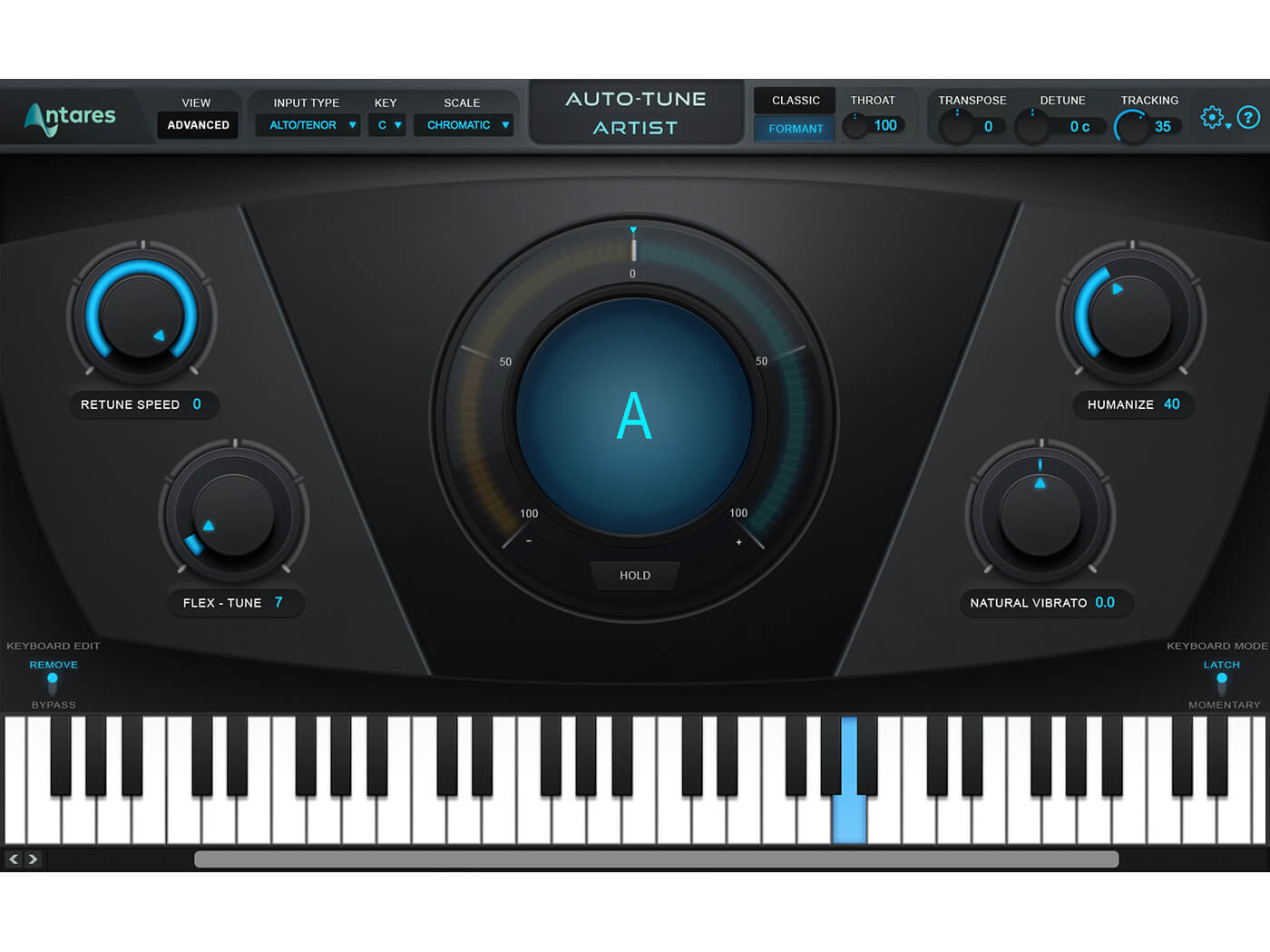
The Natural Vibrato control allows you to enhance or suppress any vibrato that exists within a performance. Artist also provides the same detailed control as the Pro edition over whether and how incoming pitches will be re-tuned. It also has the same ‘Advanced’ view as Pro, containing tools for setting up the status of each note and a tool for simulating vibrato.
The lack of the graph editor is a double-edged sword, though. It makes it a bit harder to use Artist for ‘spot’ corrections but, on the other hand, if you don’t need that intricate control, then the $100 saving over the Pro edition makes it a no-brainer. Making a further saving of $100 by opting for the EFX+ edition isn’t quite such a simple decision though, because it isn’t quite the same thing as Pro and Artist – more of a multi-effects processor based on Auto-Tune technology than a pure Auto-Tune processor. As such, EFX+ could be seen as a complement to Artist or Pro editions, rather than a substitute for them.
Both editions, however, are simple and effective, and deliver the authentic Auto-Tune effect and sound with minimal fuss and faff, allowing you to just get on with making music.
Do I really need this?
Antares has been at the forefront of interactive pitch-and-time modification technology for some 20 years. Its Auto-Tune algorithms have evolved continuously over that time, and the resulting sound has become intrinsic to various genres of contemporary electronic music. If you’re making music in any of these genres, then an Auto-Tune processor of some sort is practically essential.
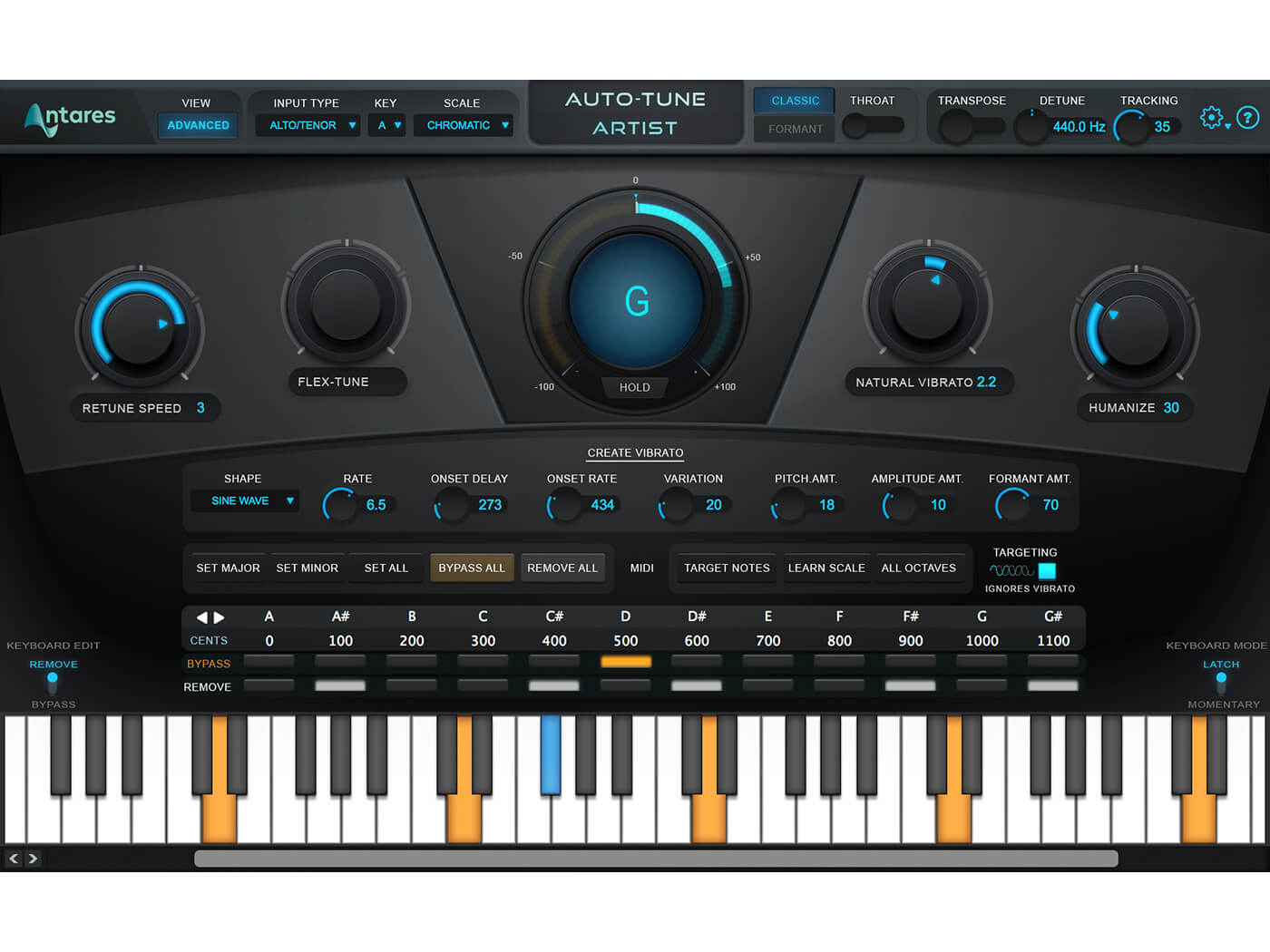
Outside of those genres, the technology’s ability to make transparent corrections is also desirable and can save hours of recording and editing multiple takes. Here, though, other options can perform almost as well, including tools that are built in to most modern DAWs. Nevertheless, Antares’ algorithms are capable of delivering exceptionally natural results, so are still worth considering. They also operate in a low-latency mode that makes them ideal for live use, too.
Key features
- Easy-to-use but effective Auto-Tune processing
- Low latency mode for cue mixes and live use
- Includes classic Auto-Tune 5 algorithm alongside current algorithm
- Works with Antares Auto-Key (sold separately)
EFX+:
- Simplified Auto-Tune processing
- Auto-EFX multi-effect rack for more extensive sonic flexibility
- X-Y pad for editing Auto-EFX parameters
- Auto-Motion creates patterns of notes that determine re-tuning pitch
Artist:
- Includes Flex-Tune and Natural Vibrato found in Pro edition
- Supports a wide range of musical scales
- Essentially Auto-Tune Pro without the graph editor features
Alternatives
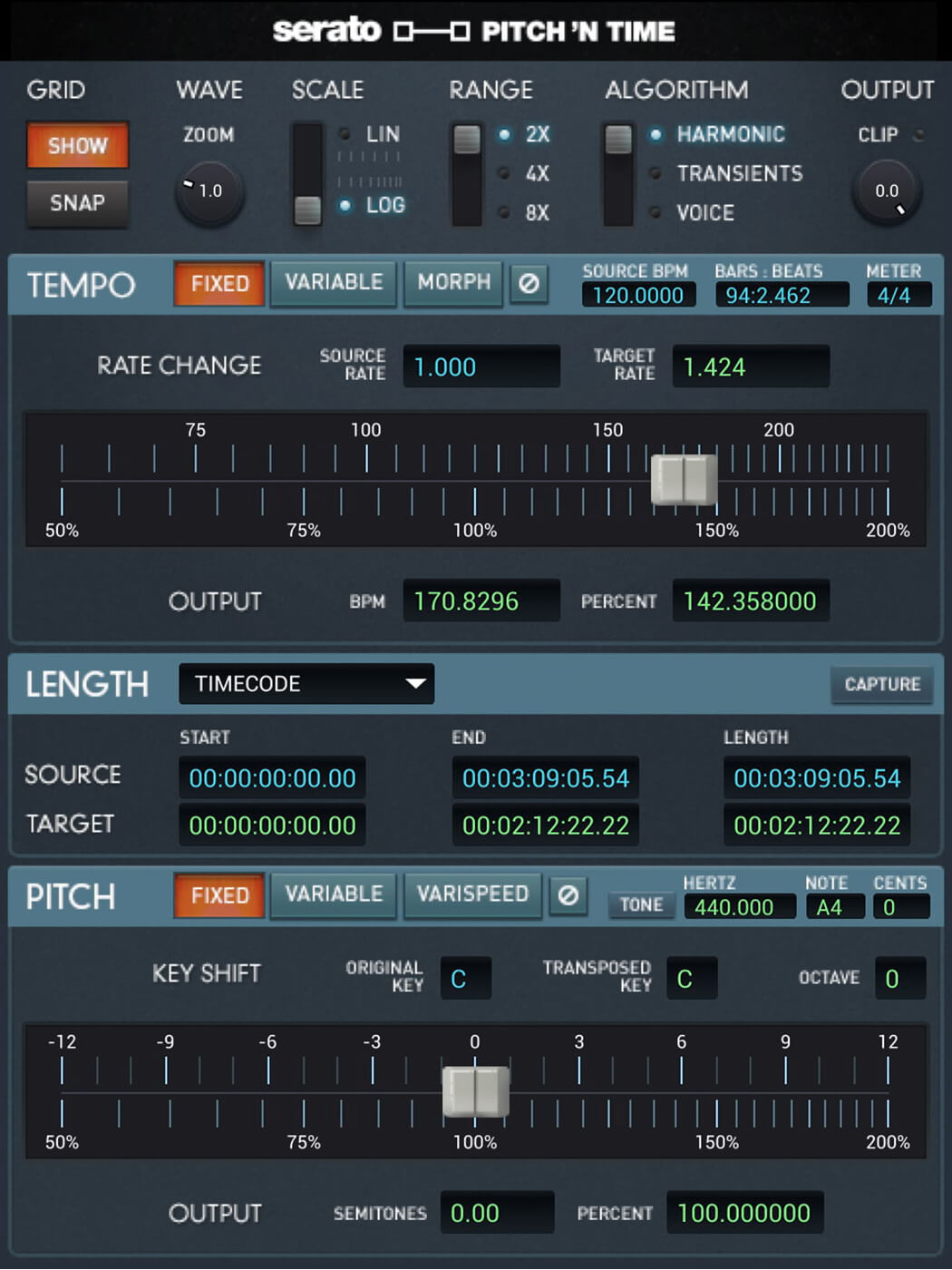
Serato
Pitch ’n Time $799
Serato’s flagship pitch-and time-editing tool has for a long time been available only to Pro Tools users, where it integrates tightly with the DAW. This has made it a popular choice on that platform. Serato’s algorithm can also now be used in Logic Pro’s Time And Pitch Machine.
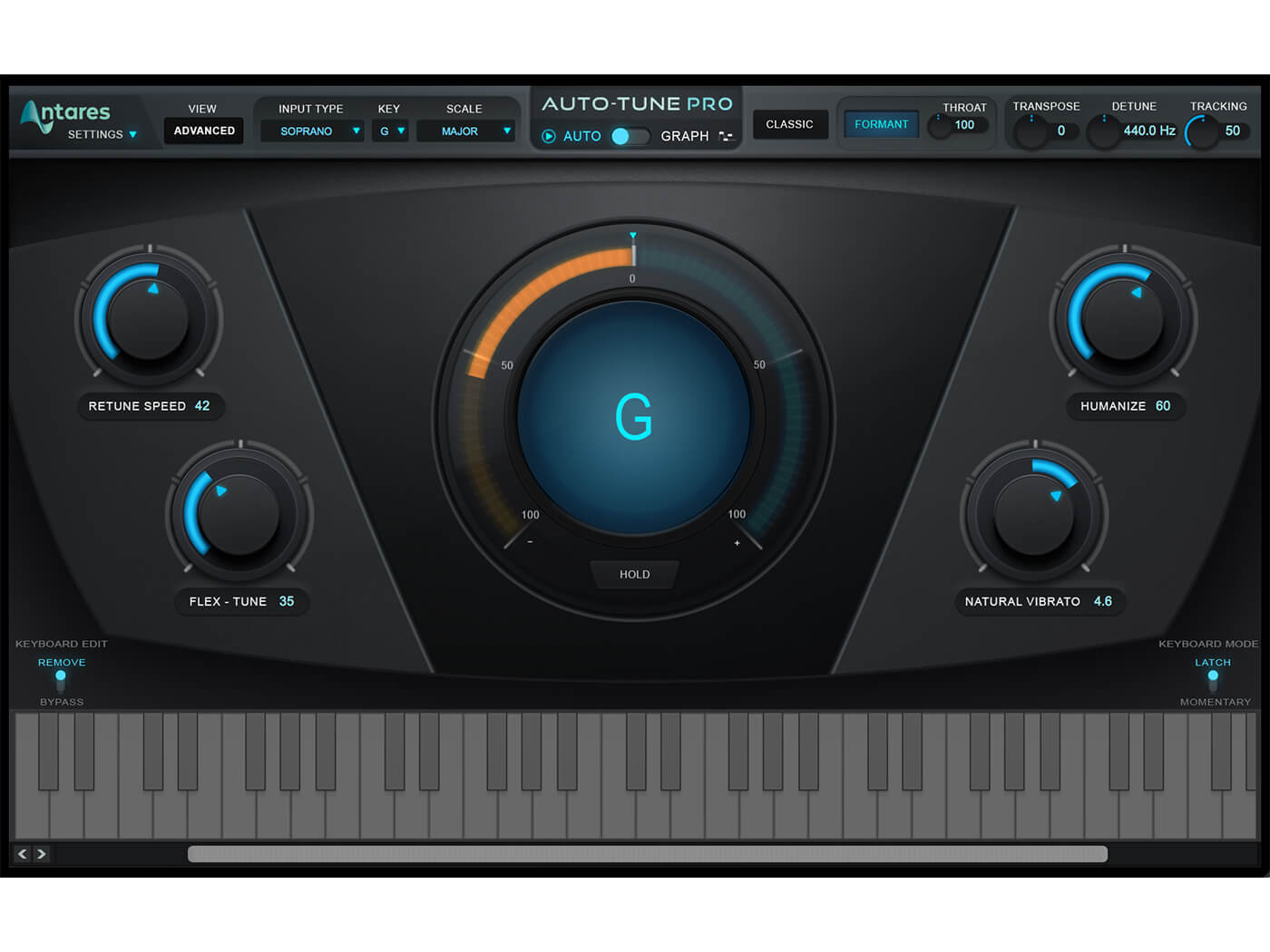
Antares
Auto-Tune Pro $399
Auto-Tune Pro is the flagship product in Antares Auto-Tune product line. The latest version has a new, simplified control panel for general use, but also retains the graph editor to allow for intricate pitch and time modifications, and can operate as an ARA plug-in to support this.